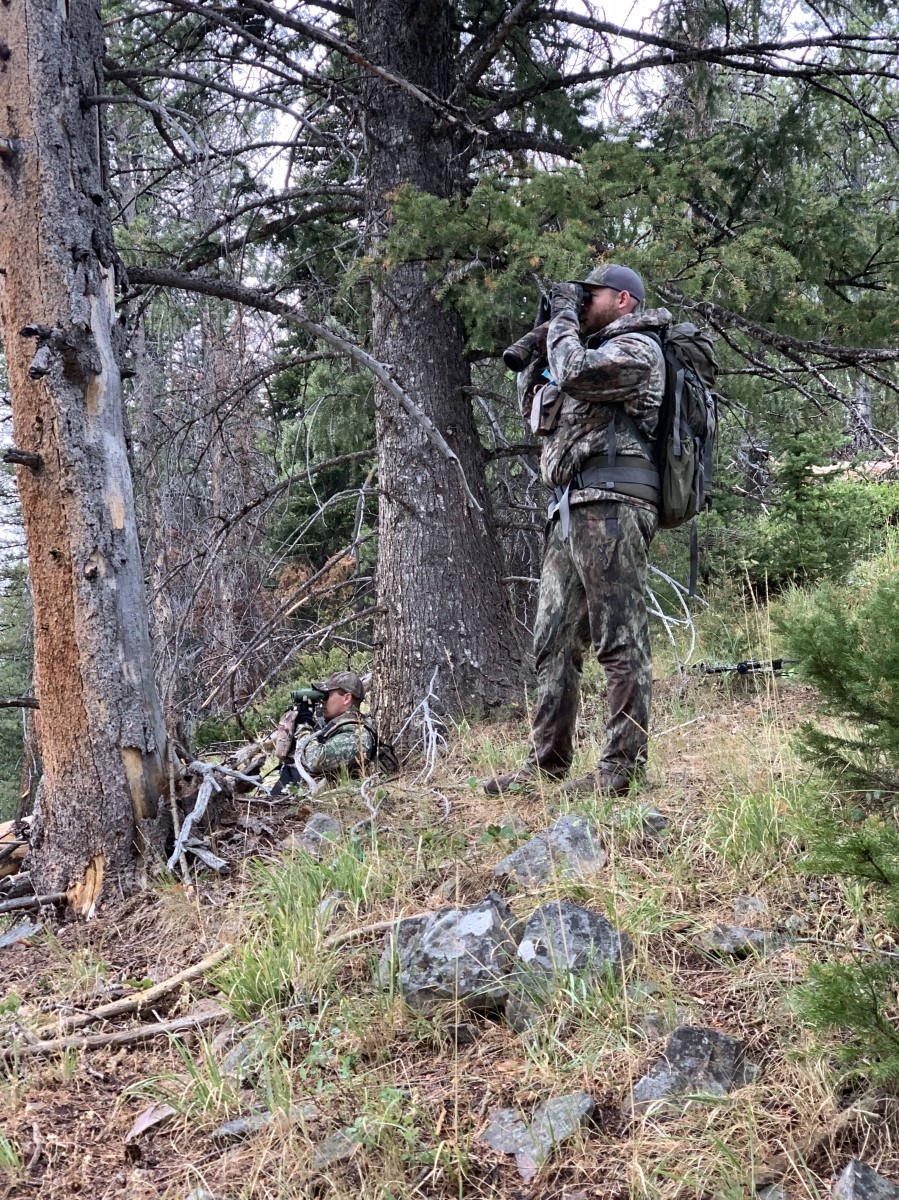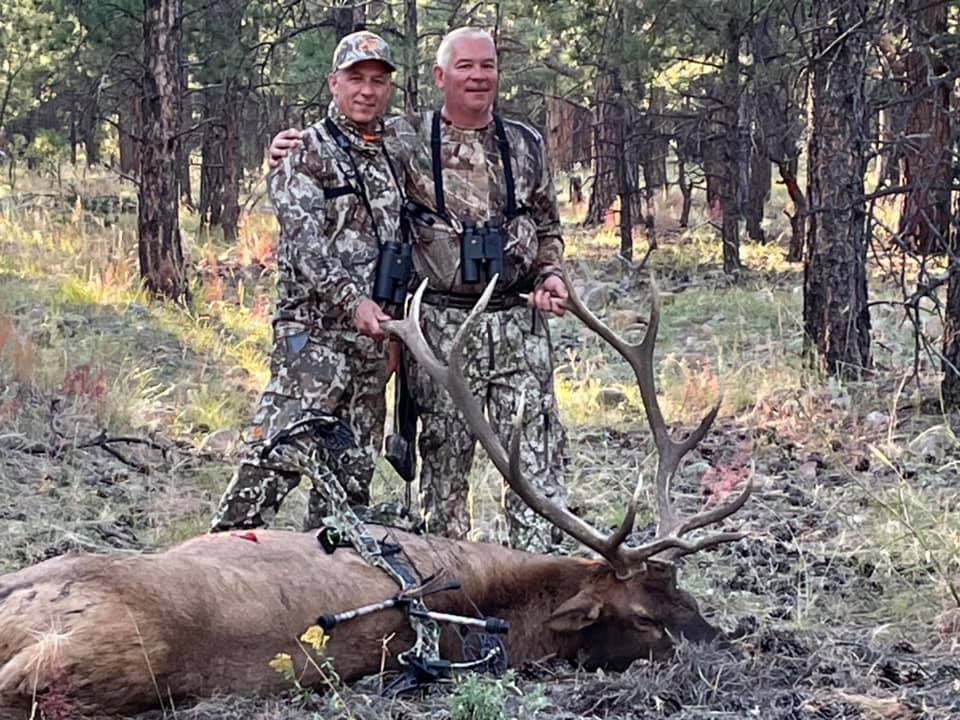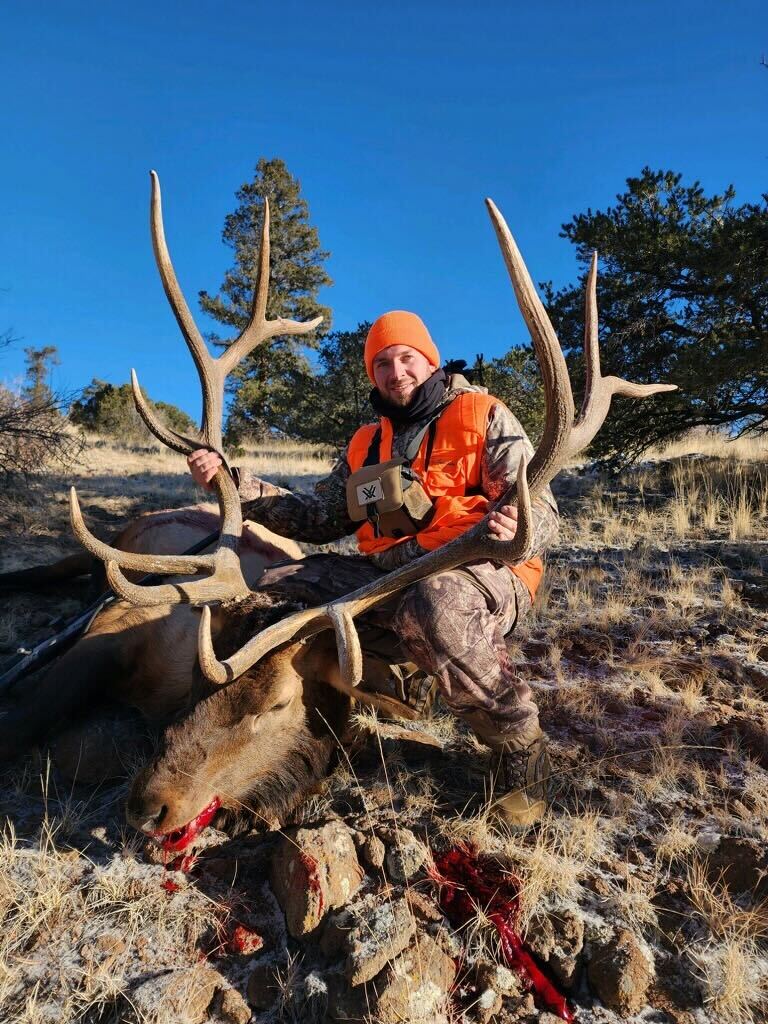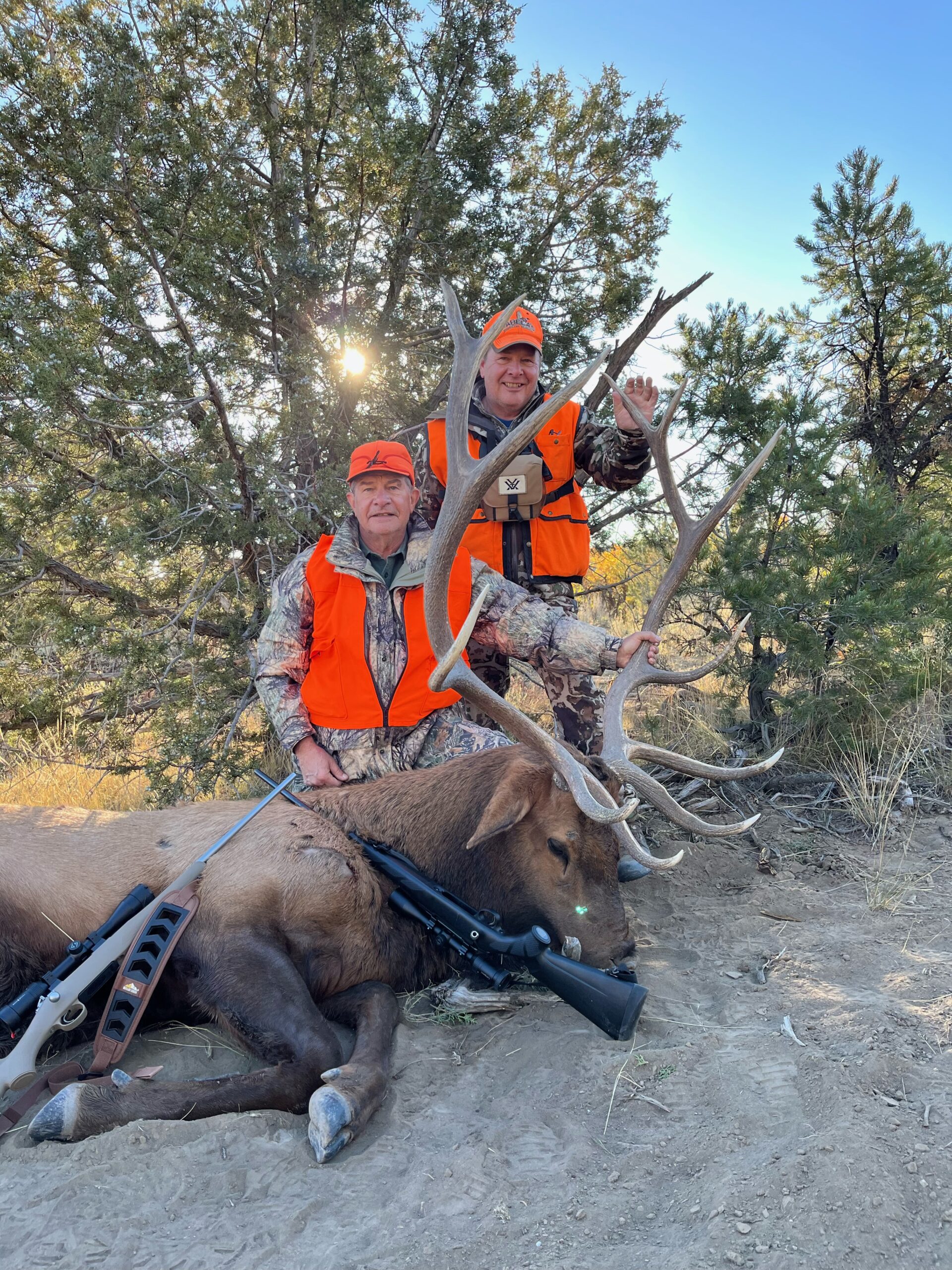Elk Hunting in Colorado
Colorado, with its rugged landscapes, vast public lands, and thriving elk population, is a premier destination for elk hunters. The state is home to the largest elk herd in North America, offering hunters a unique and challenging experience. From the high-altitude alpine meadows of the Rocky Mountains to the dense forests of the San Juan Mountains, the terrain is as diverse as the wildlife itself.
Elk hunting in Colorado is not just about the thrill of the chase; it’s also about embracing the wild beauty of the landscape. The state’s varied terrain, which ranges from steep mountain ridges to rolling hills and dense timber, requires hunters to be in peak physical condition and equipped with the right gear. One essential piece of equipment that often gets overlooked in preparation is a quality pair of binoculars. The right optics can make the difference between a successful hunt and a frustrating day in the field.
Understanding Colorado’s Terrain and Wildlife
Colorado’s elk country presents hunters with a variety of challenges, from spotting elk at long distances across open meadows to locating them in dense forests. The elevation in many of these hunting areas ranges from 8,000 to over 12,000 feet, where the air is thin, and the terrain is unforgiving. Elk are incredibly adaptable and can be found in a range of habitats, from open tundras above the tree line to the thick, dark timber at lower elevations.
These animals have exceptional eyesight and are most active during the early morning and late evening hours when lighting conditions can be challenging. This makes a reliable pair of binoculars essential for spotting elk before they spot you.
Hunting Styles: Spot and Stalk
One of the most popular hunting methods in Colorado is the “spot and stalk” technique. This method involves glassing vast areas of terrain to locate elk from a distance, then planning and executing a careful approach. This is where the right binoculars come into play. Spotting elk in the early morning light, or through the shifting shadows of an afternoon, requires binoculars that provide clear, sharp images with excellent low-light performance.
Selecting the Right Binoculars
When choosing binoculars for elk hunting in Colorado, several factors should be considered:
1. Magnification and Objective Lens Size: For western hunting, 10×42 binoculars are often recommended. The 10x magnification is powerful enough to spot elk at long distances, while the 42mm objective lens gathers enough light to provide a clear image in low-light conditions. The balance between magnification and light-gathering ability is critical when hunting in varied terrain and lighting conditions.
2. Field of View (FOV): A wide field of view is crucial for scanning large areas and quickly locating moving animals. A higher magnification can reduce the field of view, so finding the right balance is essential. Binoculars with a field of view of around 330 feet at 1,000 yards offer a good compromise between magnification and scanning ability.
3. Weight and Durability: Given the challenging terrain and the potential for long hikes, lightweight and durable binoculars are a must. Binoculars with magnesium or aluminum housings are sturdy yet light enough to carry all day. Additionally, rubber armoring provides extra protection against the inevitable bumps and drops.
4. Weather Resistance: Colorado’s weather can be unpredictable, with sudden snowstorms, rain, and fog. Binoculars should be waterproof, fog-proof, and have good sealing to protect against moisture and dust. Models with nitrogen or argon purging and O-ring seals are ideal for maintaining clarity in all weather conditions.
5. Optical Quality: High-quality glass and lens coatings are essential for reducing glare, enhancing contrast, and improving light transmission. Look for binoculars with fully multi-coated lenses and high-density (HD) or extra-low dispersion (ED) glass. These features ensure bright, sharp images, even in the dim light of dawn or dusk when elk are most active.
6. Ergonomics: Comfort and ease of use are crucial, especially during long periods of glassing. Binoculars with adjustable eyecups, a smooth focus wheel, and a comfortable grip allow for prolonged use without fatigue.
What do the experts say?
We asked expert Colorado Elk Hunting Guides for their top binocular recommendations. Read what they had to say below:
1. Leica Geovid R 10×42 Rangefinding Binoculars
Greg has guided hunters for decades. As he sometimes needs to glass for long distances across the plains of Northeastern Colorado, the right optics can make or break the hunt.
Greg relies on the Leica Geovid Rangefinding Binoculars. The extremely compact, lightweight premium binoculars deliver a field of view that is outstanding in their class, as well as great image detail and fascinating color fidelity. With an improved measurement range of up to 1,800 meters/2,000 yards, hunters are perfectly equipped for almost any hunt, but they’re especially ideal for identifying elk at long distances.
2. Vortex Razor HD 10×42 Binoculars
Henry and his wife have guided hunts for more than 15 years and swears by Vortex optics for himself and his clients. He remains dedicated to providing quality hunts and memorable experiences for hunters in the area where he was born and raised. The right gear makes this possible, and sets him above the competition.
Known for its rugged construction and excellent optical quality, the Razor HD offers a wide field of view and superb low-light performance, making it a top choice for Henry and serious elk hunters.
3. SIG SAUER ZULU6 HDX 20X42 Binoculars
Some outfitters seek out image stabilization in their optics of choice, like Bill who offers antelope, mule deer and elk hunts out of Castle Rock, Colorado. Sig Sauer’s newest binocular uses proprietary Optical Image Stabilization technology to develop a full-resolution image without a tripod. Some features of this binocular can increase stability up to 50% more, allowing the user to stay locked on target with ease. Other features deliver the perfect solution for general observation, whether you’re gridding hillsides or trying to locate a specific target.
If they’re there, Bill counts on these binoculars to help his hunters get locked onto their target for a successful harvest.
Final Thoughts
Selecting the right binoculars for elk hunting in Colorado is about understanding your needs and the demands of the terrain. A quality pair of binoculars will enhance your ability to spot elk from a distance, giving you a significant advantage in the field. When equipped with the right optics, you’ll be better prepared to navigate Colorado’s rugged landscapes and make the most of your elk hunting adventure.
Ready to book an elk hunt? Click here on Venku.com for the most comprehensive list of elk hunting guides and properties in the United States.





